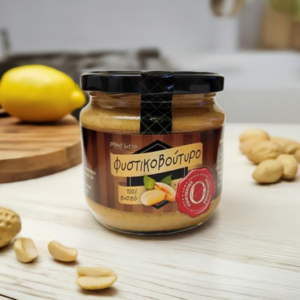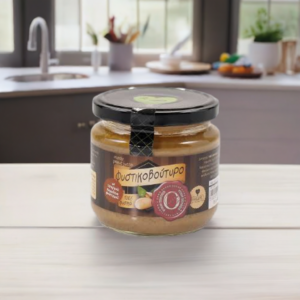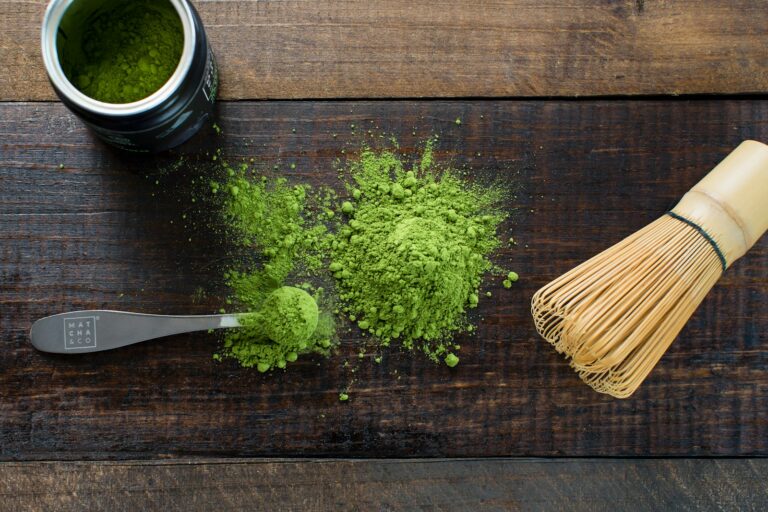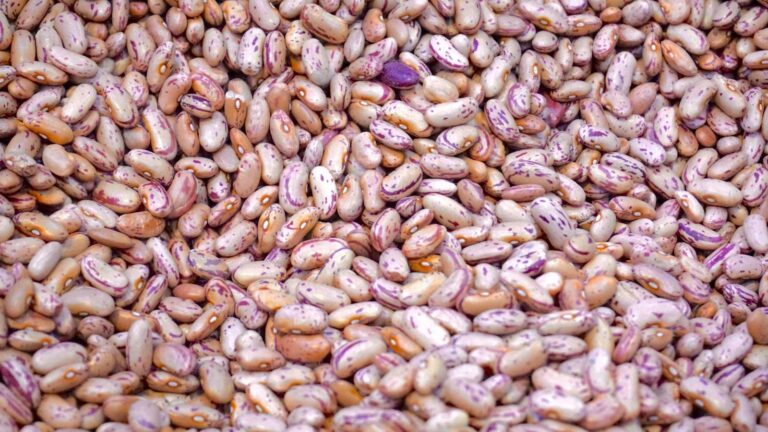Import
The question peanut butter or tahini has begun to concern more and more people who take care of their diet.
And not without reason.
As both spreads have earned a firm place in breakfast, snacks, and smoothies, comparison is inevitable.
They share many things in common. They are natural, full of flavor, and come with a strong nutritional profile.
But there are important differences that determine when and why someone might choose peanut butter or tahini.
In this article we will look at their differences, the benefits each offers, and what to look out for before buying.
What is peanut butter?
How is it prepared?
Peanut butter is simply made from roasted peanuts that are mashed until they release their natural oils and acquire a creamy texture.
The result is a thick, aromatic ointment with a distinctive flavor and incredible ease of use.
Types of peanut butter (smooth, crunchy, with or without additives)
There are many variations on the market.
Smooth (smooth), crunchy (with pieces), with or without sugar, salt or palm oil.
The purest and most nutritious version is the one with 100% peanuts, without additives.
Choosing the right type plays an important role when wondering whether peanut butter or tahini is better for you.
Taste and use in daily diet
Its taste is sweet, full and "sweet and rich".
It goes perfectly with toast, smoothies, energy balls, and even savory sauces.
It is a favorite of both children and adults.
What is tahini?
How is it made from sesame seeds?
Tahini is made from ground sesame seeds.
The sesame seeds are first lightly roasted (or left raw for raw versions), and then mashed until they become a creamy paste.
Its preparation is traditional and simple, but the result is impressively rich in flavor and nutritional value.
White vs whole grain tahini
White tahini comes from hulled sesame seeds.
Whole-grain tahini contains the entire seed, with the husk, giving it a darker color and a bitter taste.
If you're wondering which is more nutritious, whole grain tahini has a higher fiber and calcium content.
Tradition in the Mediterranean and Greek diet
Tahini is deeply rooted in Mediterranean and Greek culture.
It is a key element in fasting and vegan diets, and is widely used in sweets such as halva, but also in dressings and dips such as hummus.
Nutritional value – Comparison table
Let's take a look at what it offers. peanut butter or tahini:
| Ingredient | Peanut butter | Tahini |
|---|---|---|
| Protein | High | Very high |
| Good fat | Yes (monounsaturated) | Yes (polyunsaturated) |
| Calcium | Moderate | Very high |
| Magnesium | High | High |
| Vitamins | B3, E | B1, B6, E |
| Vegetable fibers | Yes | Yes |
| Calories | High | High |
As it turns out, both are extremely nutritious, but they have different strengths.
Health benefits
Peanut butter:
Energy and satiety
A spoonful of peanut butter provides lasting energy.
It combines fat, protein and fiber, prolonging the feeling of fullness.
Muscle growth support
The high protein content is useful for athletes and those who exercise.
Helps restore and strengthen muscles.
Healthy fats for the heart
It contains monounsaturated fats that support cardiovascular health.
When consumed in moderation, it boosts good cholesterol.
Tahini:
Rich in antioxidants and calcium
Tahini is an excellent source calcium, essential for bone health, especially for those who do not consume dairy products.
Its antioxidants help fight oxidative stress.
Supporting bone health
Ideal for menopausal women, children and people with increased calcium needs.
Suitable for vegan and fasting diets
Tahini does not contain animal products.
It can completely replace dairy in recipes and enhance nutrition during fasting.
When and why to choose each
Depending on dietary needs
- Peanut butter: ideal for athletes, children, people who need extra energy and protein.
- Tahini: best choice for people with calcium deficiency, vegans or those who are fasting.
Taste and personal preferences
Peanut butter has a sweeter taste and is more easily accepted by children.
Tahini has a more earthy, intense and slightly bitter flavor, which not everyone likes but wins points for complexity.
Combinations in nutrition
- With wholemeal bread for a dynamic breakfast.
- In smoothies with banana, cocoa and honey.
- In dressings for salads or bowls with legumes.
- In sweetness sugar-free, like energy balls.
What to look out for in the market
Natural or with additives (sugar, palm oil, etc.)
Read the labels.
Avoid products with added sugar, palm oil or hydrogenated fats.
The right thing peanut butter or tahini it should have 1-2 ingredients at most.
Origin and quality of raw materials
Choose products that come from quality raw materials, ideally organic.
The sesame or peanuts must be domestic or from certified producers.
Organic or without additives
If you can, prefer those without additives.
The difference in taste and quality is noticeable.
Conclusion
There is no clear answer to the question. peanut butter or tahiniBoth are excellent choices.
The final choice depends on nutritional needs, taste preferences and lifestyle.
Ideally, try both.
Switch them up depending on the meal, mood or recipe.
Incorporate them creatively into your daily life and benefit from their rich benefits.
Because in a balanced diet, there is no right or wrong — there is variety, enjoyment, and awareness.
Related Products
-
Whole wheat tahini
4.90€ – 8.50€Price range: 4.90€ through 8.50€ -
Peanut butter
4.60€ – 7.50€Price range: 4.60€ through 7.50€ -
Peanut Butter Crunchy
4.60€ – 7.50€Price range: 4.60€ through 7.50€ -
Peanut butter bar
2.30€






